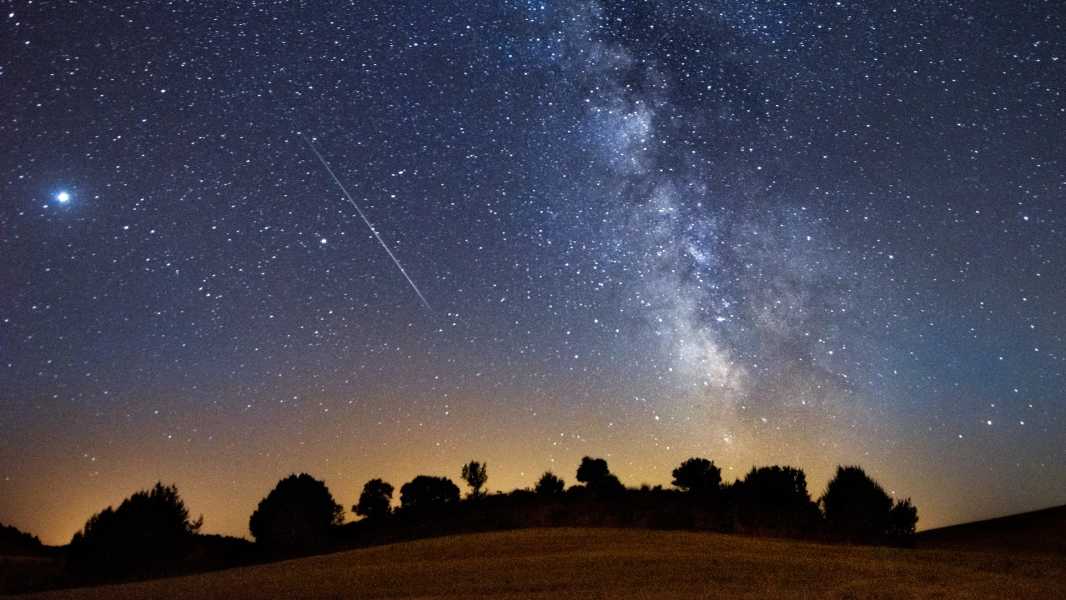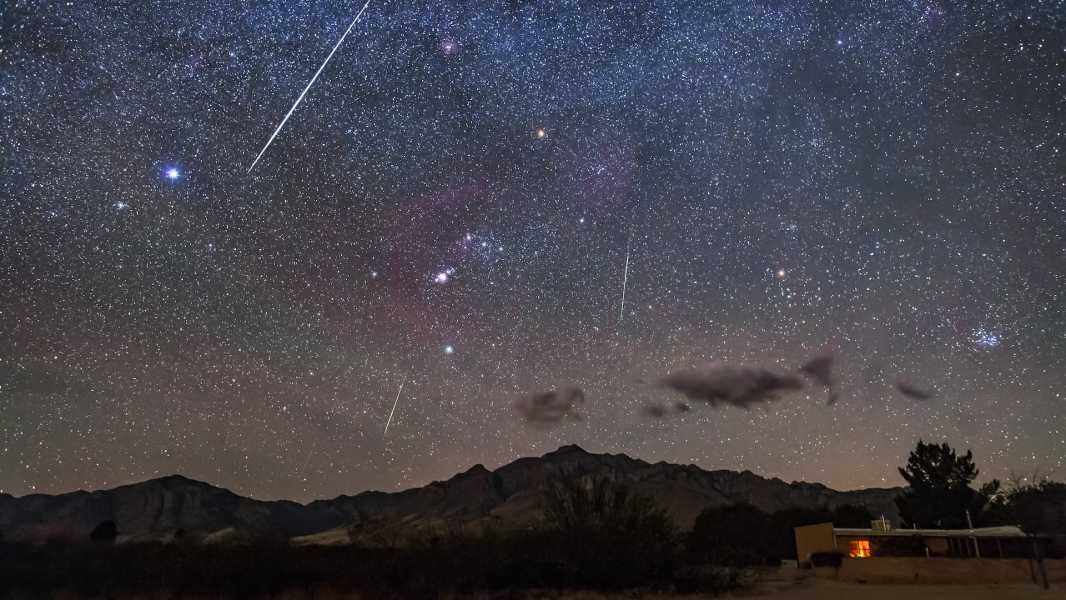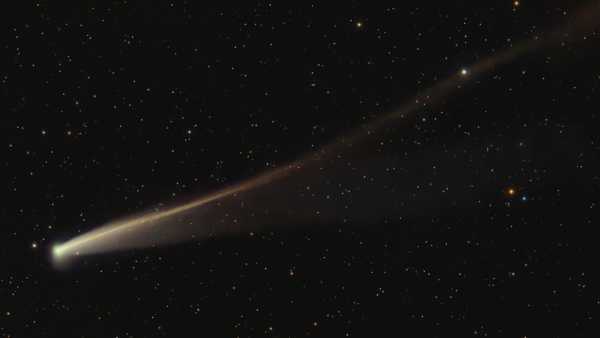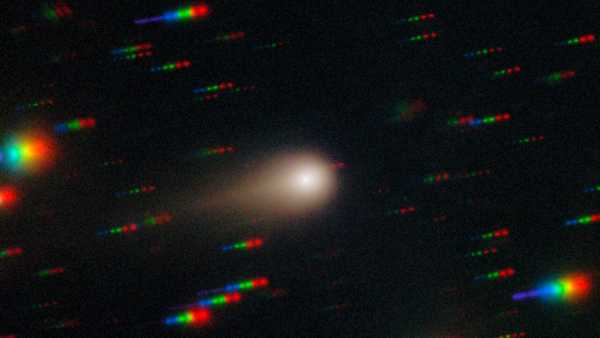
The Perseids are the most famous and one of the most active meteor showers of the year. (Image credit: Tito Garcia/500px via Getty Images)
The annual Perseid meteor event is one of the most famous and frequently observed meteor showers in the Northern Hemisphere. However, this year, if you plan to enjoy the spectacle, it is best to arrive early.
The Perseids will be active from Thursday, July 17 to Saturday, August 23, and will peak this year on August 12 and 13. However, the presence of a nearly full Moon will make the event less impressive, as only the brightest shooting stars will be visible.
It is generally recommended to choose locations with low light pollution on peak nights of major meteor showers, such as dark areas of the sky or areas that appear dark on a light pollution map. However, on Saturday, August 9, the full August Sturgeon Moon will brightly light up the night sky just as the Perseids peak. On the night of the peak event, the waning gibbous will appear a couple of hours before midnight and will be at 84% brightness, brightly illuminating everything. It will effectively create light pollution, making it pointless to look for viewing locations away from city lights.
You may like
-

Lyrid meteor shower to peak after Easter: How to see the most 'shooting stars'
-

Eta Aquarids Peak Tonight: How to See Halley's Comet Remnants
Sourse: www.livescience.com





